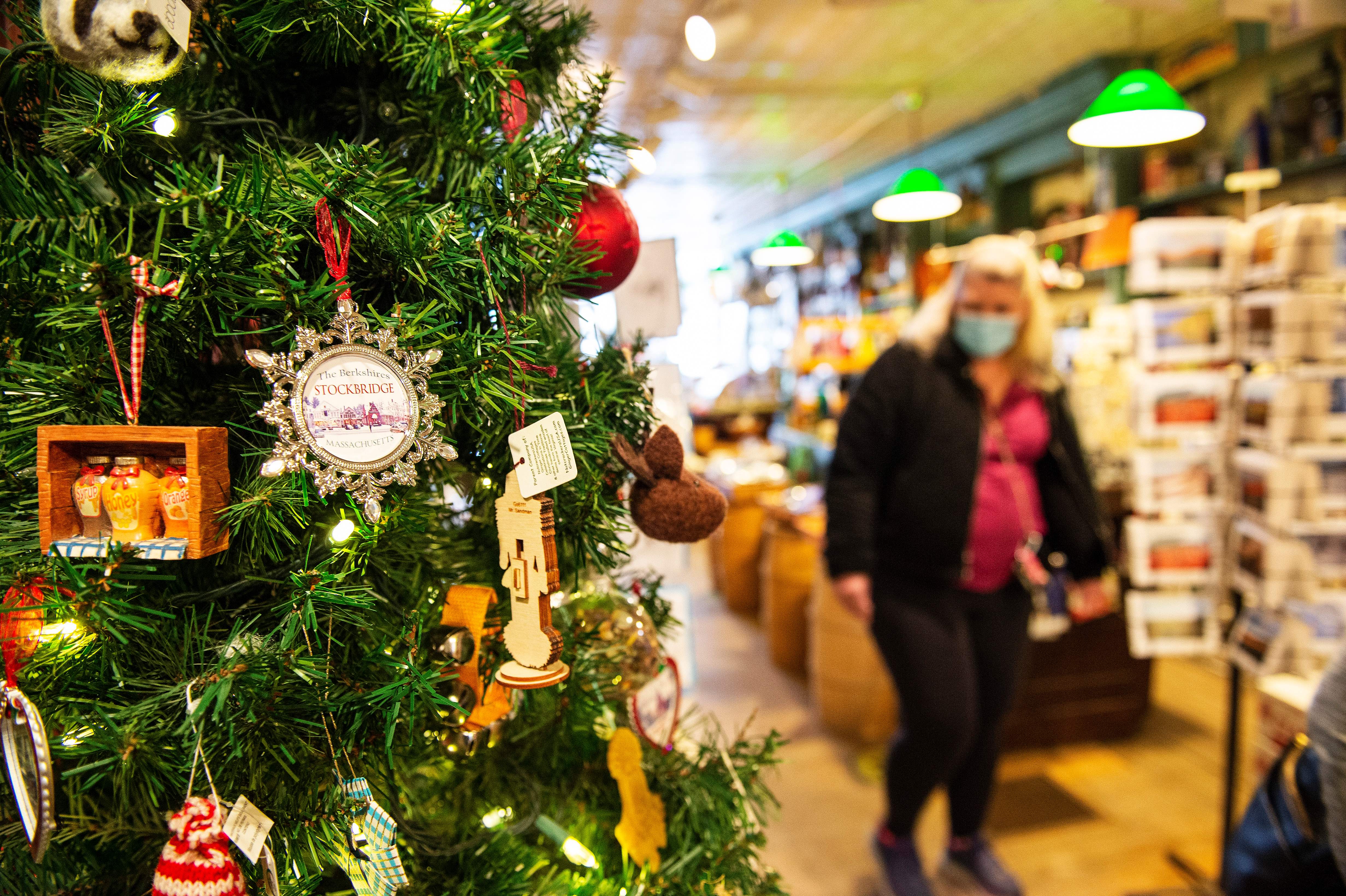As holiday shoppers pull back on impulse buys amid Covid, online retailers are forced to crack a retail riddle

As holiday shoppers browse store aisles, wait in checkout lines and get carried away by the twinkle of Christmas tunes, they often toss extra items into their basket. A box of chocolates. A tube of lip gloss. Or the perfect gift for a friend or family member that wasn’t originally on the list.
This year, however, retail analysts expect impulse buying to drop as consumers start their shopping earlier, reduce store trips and search for specific gift items online during the coronavirus pandemic.
Impulse shopping usually drives 25% of overall holiday spending, according to The NPD Group. This year, it’s expected to drive 18% to 20% — a potential loss of $5 billion to $7 billion in sales for the season, the market research firm estimates.
Marshal Cohen, chief industry advisor for The NPD Group, said the acceleration of e-commerce sales during the pandemic — which is expected to outlast the global health crisis — will force retailers to confront the riddle of encouraging impulse buys in an online environment. He said the spending “feeds into the equation no matter what the category,” but is an especially important sales driver for some merchandise like beauty.
“What stores used to do is utilize the crowds, utilize the price points, utilize the floor to have product that you didn’t expect to see in places where they wouldn’t normally be,” he said. “Without the traffic in the store, how do I navigate online to get you to see things you didn’t expect to see? That’s the challenge retail has today.”
That’s one of the factors that could drive down overall holiday spending, according to NPD. Shoppers plan to spend an average of $691 during the holiday season — less than the $740 they planned to spend last year, according to NPD’s survey of more than 3,400 consumers. Those surveyed said they plan to do about half of that holiday shopping online this year.
Some are pulling back on gift-giving after losing a job or getting a pay cut. Others are spending less as they gravitate toward homemade or meaningful gifts and have a different outlook because of the devastating impacts of Covid-19.
During the holiday season, retailers have used digital tools to recommend items to customers or nudge them to buy more. At Walmart, for example, the retailer added a “Last Minute Deals” page on its website that teases fun items, from toys to small kitchen appliances, that shoppers may buy on impulse. Target put together gift guides to give ideas to stumped shoppers or introduce them to items they might not otherwise discover.
This holiday season, Bed Bath & Beyond put together collections of products that go together to try to encourage people to put complementary items in their cart. For example, it has a “Cozy Backyard Holiday Collection” with throw pillows, copper mugs for hot beverages, candles and fire pit — an assortment inspired by families, friends and neighbors who have bundled up outside as a way to reduce risk when getting together during the pandemic. The home-goods retailer also improved its website, so it loads faster and has fewer steps to checkout — factors that can cause shoppers to click away and abandon their purchases.
Many other retailers are testing other strategies, such as suggesting items based on where a shopper clicks, having clickable targeted ads pop up on social media or sending an email to them later, if they abandon an item in their cart.
Ambo Bose, a chief practice officer at Fractal Analytics, said the artificial intelligence company is working with retailers and consumer packaged goods companies to reach customers in new ways — especially at times when they’re willing to make spur-of-the-moment purchases. For example, he said, the company has found shoppers are more likely to buy chocolates and other candy on their smartphone when they’re aimlessly browsing social media or shopping sites after lunch. That’s a good time for candy companies to surface a shoppable ad with a compelling discount, he said.
Retailers have tried to get better at recommendations by using “personas,” too, he said. As they get to know a customers’ likes and dislikes from purchasing patterns, they can group them with similar customers and recommend items in a targeted email or a sidebar on a webpage.
That’s come with another pandemic-related challenge, though. Retailers have attracted new digital customers, as shoppers download apps or try online services like curbside pickup for the first time. But they have less information on them to use.
About 9% of new online shoppers don’t yet have a built out online shopping profile, such as an email address on retailer’s distribution lists, according to a survey by Adobe Analytics of more than 1,000 U.S. consumers in October. The company said that’s led to a 10% drop in email-driven sales during the holiday season.
Bose said encouraging extra purchases will remain a puzzle that retailers must focus on. Online shopping turns even some of the most basic shopping principles upside-down, he said. Instead of an expansive store aisle, retailers must draw shoppers’ attention to a product on a tiny smartphone screen. Consumers shop with a “searching and scrolling mindset.” And even after seeing an appealing item, they may quickly click away.
“Just getting it into the shopping basket is not enough,” he said. “While the shopping basket inside the store is an intent to purchase and head to the teller, the shopping basket online is more of an intent to evaluate.”




